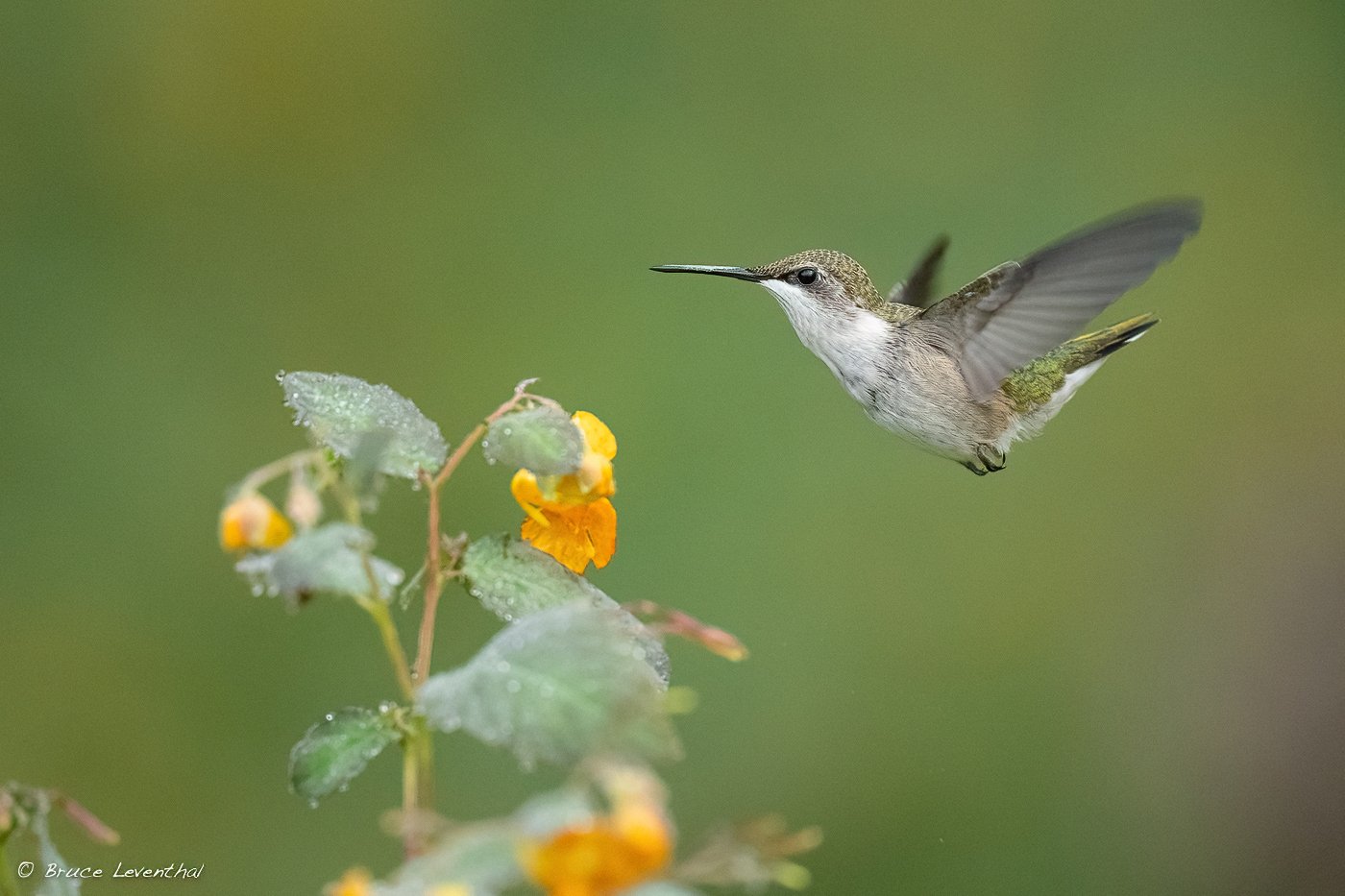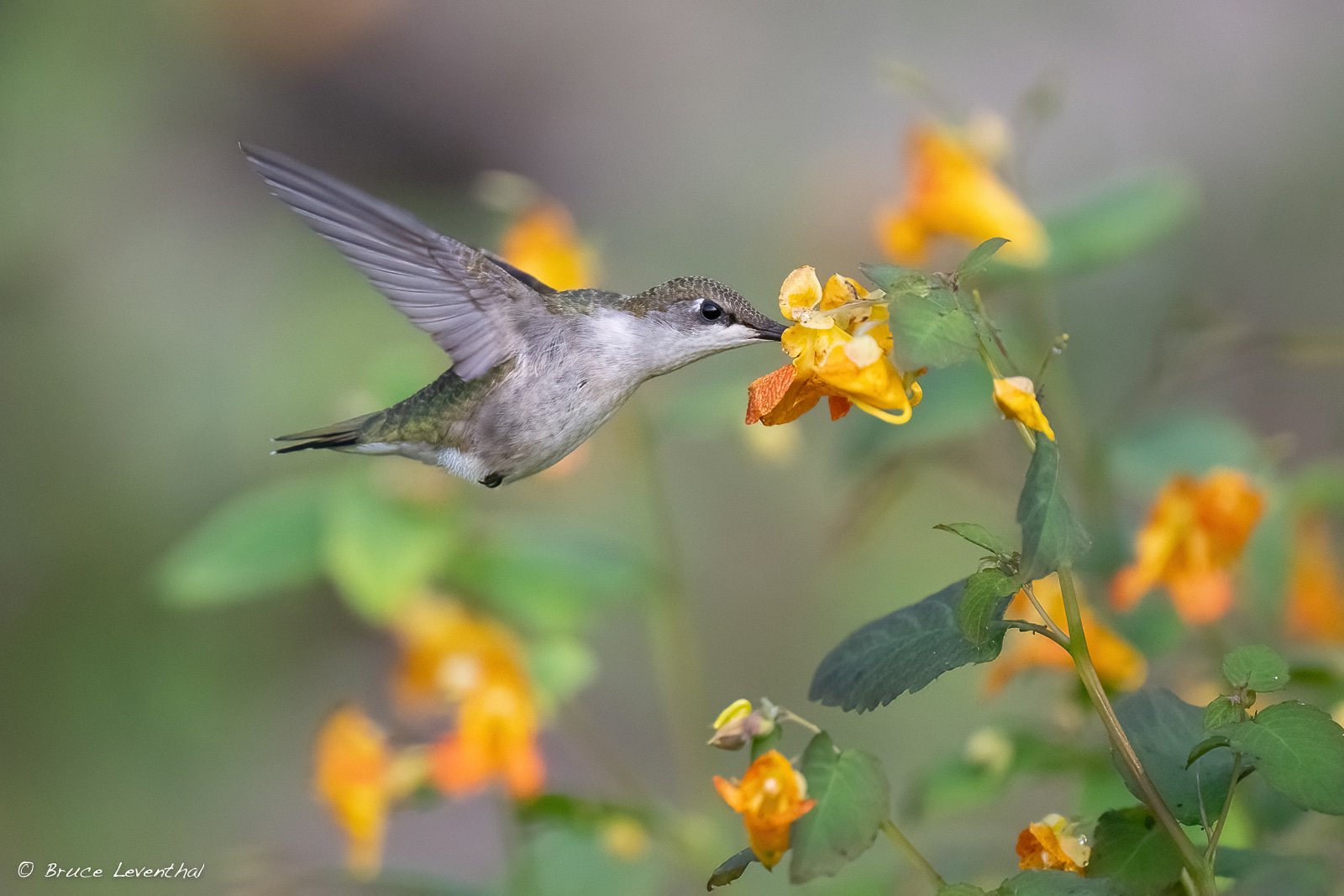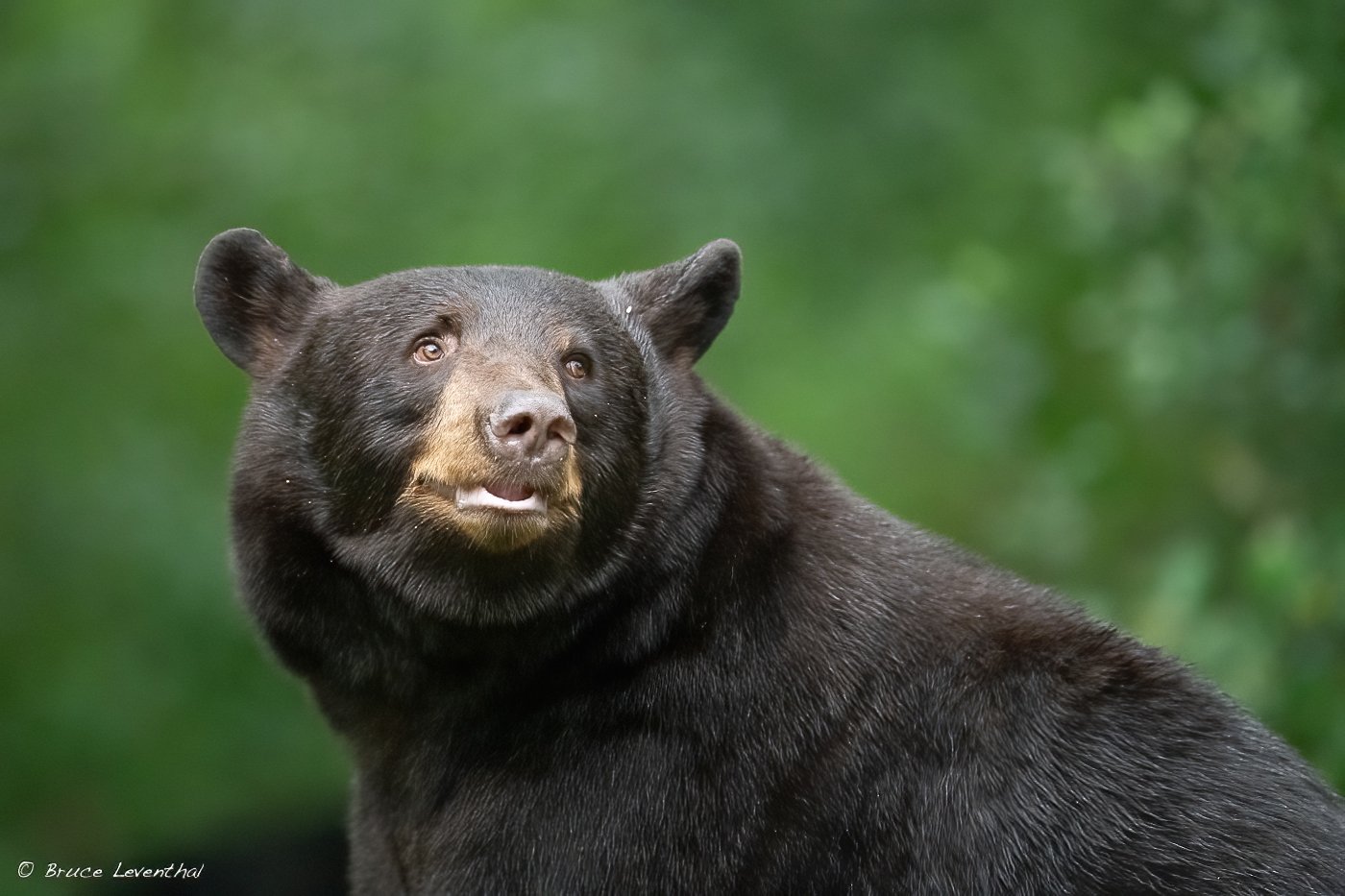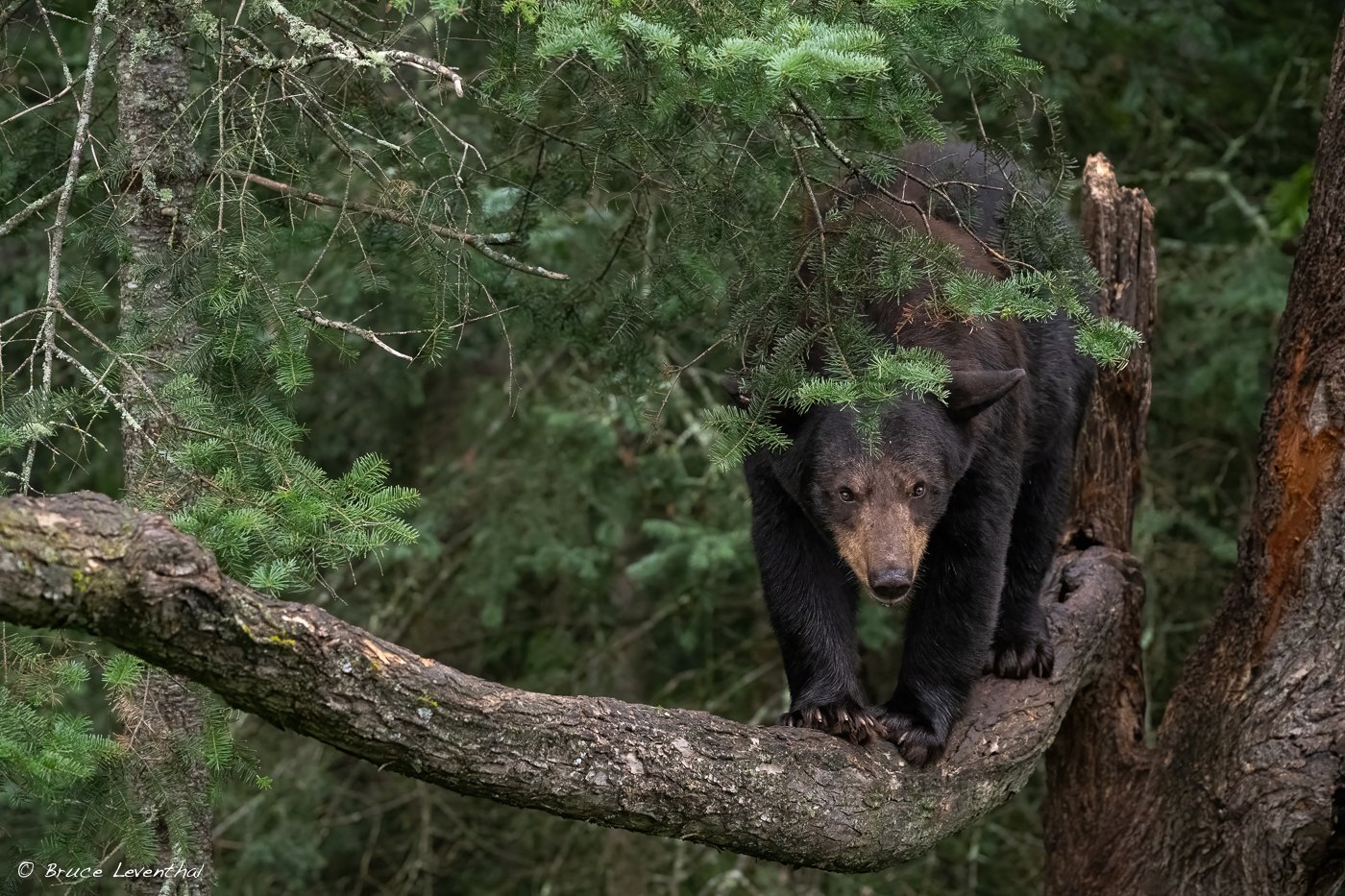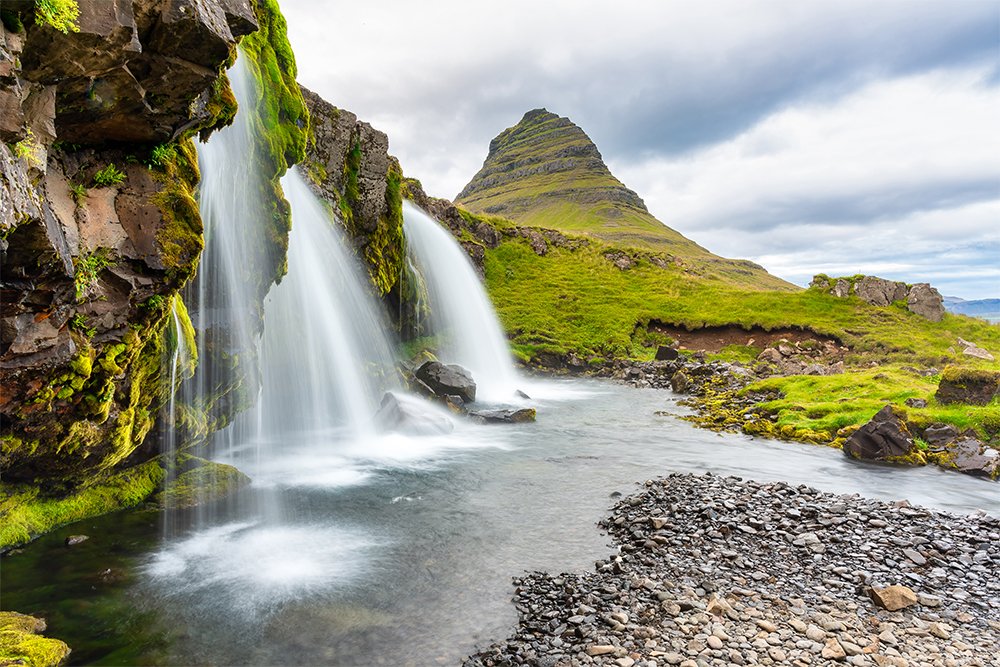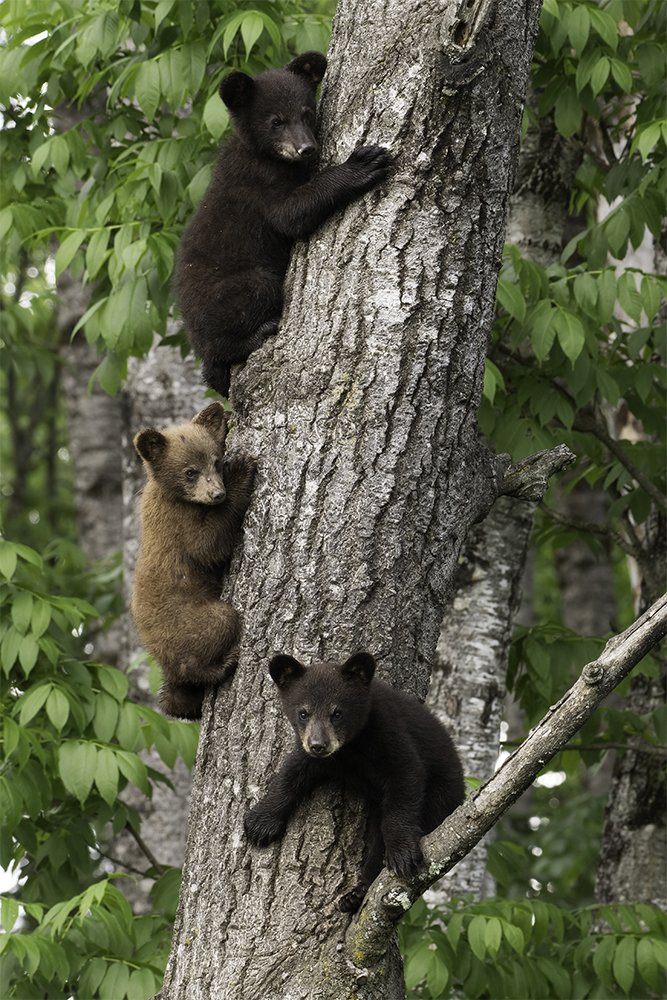The Elkhorn Slough Reserve is located between Monterey and Santa Cruz, California. Nestled between mountains and ocean, tidal forces fill the shallow wetland with sea water, while freshwater rivers replenish the slough with nutrients. A rare coastal wetland in central California, the Elkhorn slough is a little known refuge for aquatic mammals and birds. Today, it is a critical nursery for the sea otter, whose population plummeted to 50 individuals in the early 1900’s. The protected bay that makes up the slough is a key habitat where rehabilitated otters are released and can thrive. With a population of 2000-3000 otters in the Monterey Bay, this reserve is one of the best places to see and photograph otters using rocks to crack mollusk shells, cuddle their young, or just chill in small groups.






It’s not just for otters, as one can see harbor seals and their pups as well as sea lions cruising for fish in the harbor and open ocean. This region is rich with anchovies and other small fish, and is a great place to go on whale tour to find lunging humpbacks, orca, and a variety of dolphin species.








Avid and novice birders will also be rewarded with a visit to the Elkhorn Slough. With over 340 bird species identified, this wetland is a hotspot for those looking to add new birds to their list. On any given visit, one can see a diverse group of gulls, terns, shorebirds, pelagic species, passerines, raptors, and ducks. You will be rewarded with something new on nearly every visit. My capacity to describe the treasures one might encounter is limited, as I’ve not included a single marine invertebrate or plant, both of which contribute to this location’s cornucopia of biodiversity.
So why this blog at this time? By now, many of you know about the Los Angeles fires that are burning about 300 miles to the south of the slough, but it is unlikely that you are aware of the fire on the edge of the this refuge. After an outing where I photographed otters and shorebirds on January 15th, a Lithium battery storage facility caught file and expelled a plume of toxins into the air. The Pacific Coast Highway was promptly closed, and people in the area were forced to evacuate. The smoke reached 1000 feet and was dispersed by offshore breezes. While the short-term impact is inconvenient, the longterm effects of the fire are unknown. The decision to build this plant so close to an ecological treasure, and towns like Salinas, Moss Landing, and Monterey, is questionable at best. Sadly, fires like this do harm to the psyche of each of us, as we wrestle with the realities of climate change and climate instability. This power storage and manufacturing facility is one solution to mitigate the need for carbon-based energy. The batteries near Moss Landing store solar and wind energy in an attempt to reduce the state’s carbon footprint. Thus, we are faced with a difficult paradox… How is it possible to sustain human development and preserve the planet’s biodiversity while driving down our reliance on fossil fuels? The latter is a question that I first encountered as a young college student in 1984. Sadly, this question proposed by a long-forgotten professor continues to linger and haunt me 41 years later.
Related Blog: Favorite Places : Elkhorn Slough (August 2016)
All Rights Reserved. Copyright Bruce J Leventhal, btleventhal.com, bruceleventhal.com





























